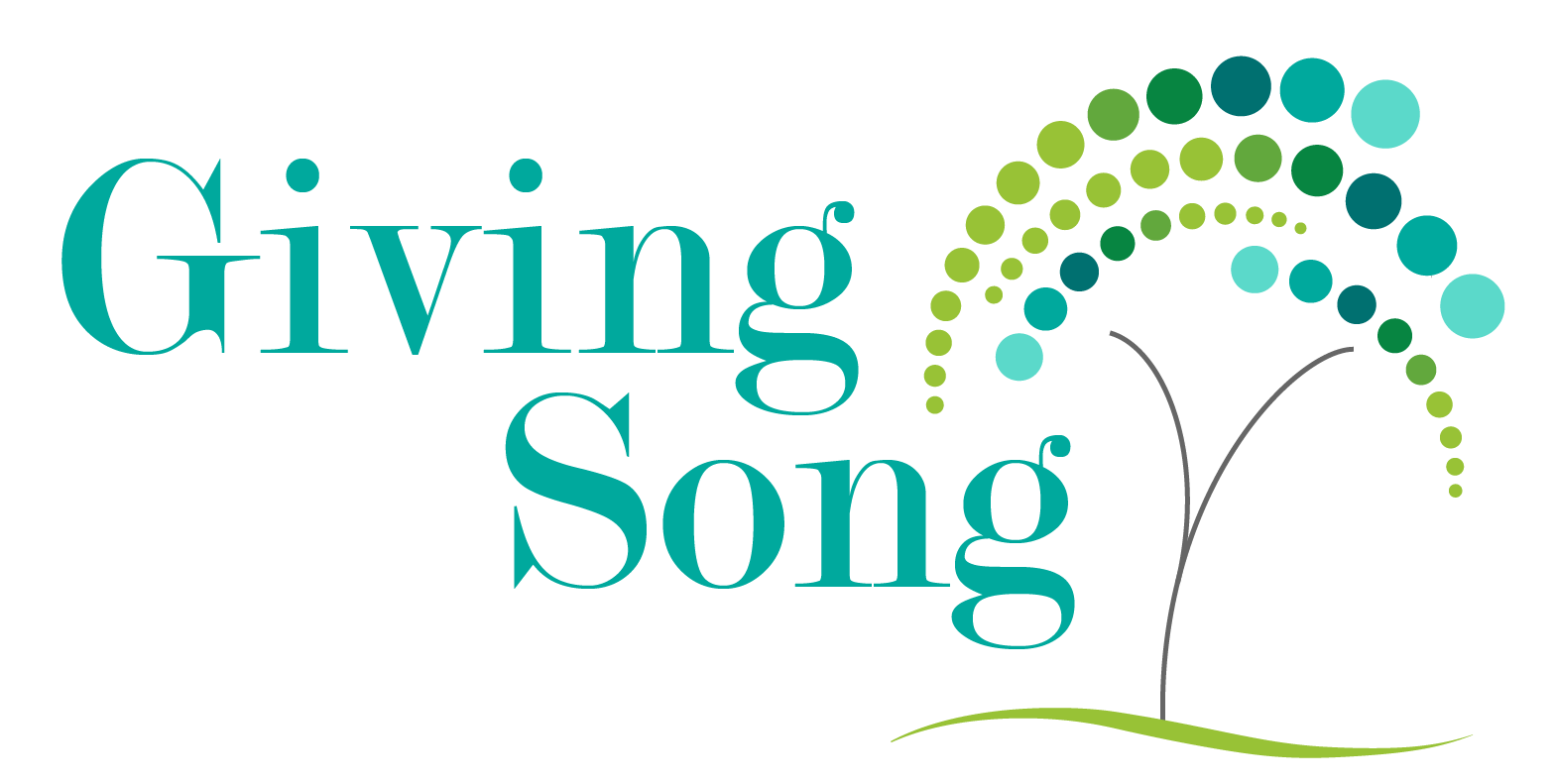The study sought to understand how music therapy altered mood for adolescents participating in group services as well as the effect that demographics had on mood alteration, or not. The study was conducted at a large pediatric psychiatric hospital and included over 350 participants aged 12-21 in 3 different units of the hospital.
Read MoreIn designing our practice today I sought to create an experience that is simple that you can do everyday, multiple times a day, whenever and wherever you are. We are going to combine breath and affirmations in this experience together. To start I will guide you through a brief breath exercise to ground your body and mind and then lead you in 3 affirmations. We will repeat the affirmations 7 times because research supports the idea that to remember something we must repeat it at least 7 times. I’ll say the affirmations out loud and you are invited to repeat them with me outloud or in your mind. Let’s get started……..
Read MoreMusic therapy is included as a related service under the IDEA act (Individuals with Disabilities Education Act ), found in section B. This means that music therapy can be included on students’ Individualized Education Plans or IEP’s for qualifying students. The article identifies within the literature review that music therapists often work with students on the autism spectrum, citing that over 36% of music therapists responding to a survey indicate that they work with autistic students in a public school setting. This is not the only population served through music therapy however. They also discussed how music therapists work collaboratively with the other members of the IEP team including OT, PT and SLPs.
Read MoreI will leave you with a final quote from the authors “it is possible that these young people are more familiar and comfortable with chaos than we are as music therapists. It may then be counter-intuitive to attempt to eliminate chaos so that we can experience ordered, highly structured groups at odds with the environments to which young people return.”
Read MoreIn music therapy, we have a physical and auditory medium to promote regulation in the body organically within our practice. If we use Polyvagal theory to help inform our regulation practices in all types of therapy sessions (but especially when working with clients with trauma backgrounds) we can join in this groundbreaking approach to traditional psychotherapy and utilize the fullest potential of our toolset within the body- starting with the brain.
Read MoreWith the advent of instant and unlimited music streaming and headphones, it may be hard to keep tabs on what music kids and adolescents are consuming for almost 15 hours a week. A question that many parents ask, and some may not know to ask is- how does explicit content in music affect my child? And for music therapist’s out there, when utilizing songs with explicit content, or entering into lyric based discussions- it’s important to know how your client’s preferred music may be influencing their behaviors and attitudes in your session and in day to day life.
We can and should probably assume that everyone we encounter has some level of trauma. That includes ourselves and others. From the research found by the CDC in the well known ACE (Adverse Childhood Experiences) study reported that 64% of those surveyed had at least one incidence of trauma. That is roughly 2/3rds of the general population had some experience of adverse childhood trauma (including, but not limited to, domestic violence, neglect, maltreament, divorce, abuse, and others. Why is this so important? Because these adverse experiences can impact the individual’s ability to function. It affects the rest of their life!
Read More







